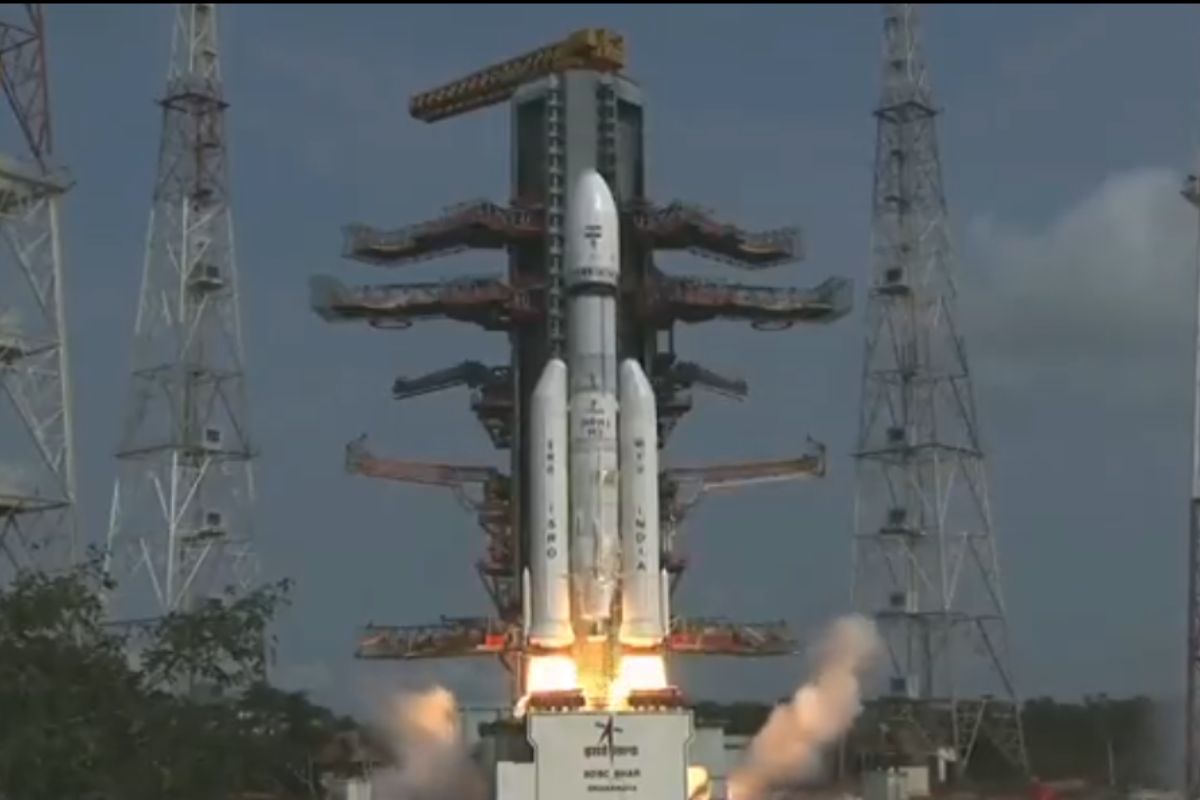Indian Space Research Organisation (ISRO) launched its latest mission LVM3-M3 One Web India-2 to Low Earth Orbit (LEO) on Sunday.
https://twitter.com/OneWeb/status/1639833260820660224?t=MvaoD_XvT9UaQMl_jx4lOw&s=19
Advertisement
“LVM3 lift off from Satish Dhawan Space Centre in Sriharikota on Sunday at 9 AM. LVM3 standing 43.5 metres tall and weighing 643 tonnes lift off from the second launch pad rocket port in carrying OneWeb’s final instalment of 36 Gen1 satellites”, said the officials.
Reportedly, the LVM3 is a three-stage rocket with the first stage fired with liquid fuel, the two strap-on motors powered by solid fuel, the second by liquid fuel and the third is the cryogenic engine.
“Just over 19 minutes after the rocket’s take off, the process of satellite separation will begin. The separation of 36 satellites will happen in a phased manner”, as informed by the officials.
Earlier social media handle of OneWeb satellite communications company and a partner in this mission took to Twitter and said, “Our golden ‘Hello World’ mission patch for this launch reflects our initiation of global coverage this year”.
OneWeb also mentioned the importance of collaboration between the UK and Indian space industries.
OneWeb further tweeted, “OneWebLaunch18 will see us launch 36 satellites with @isro and @NSIL_India from the Satish Dhawan Space Centre in Sriharikota, India. This mission marks OneWeb’s second satellite deployment from India, highlighting the collaboration between the UK and Indian space industries”.
In the year 2022 on October 23, ISRO launched 36 satellites of OneWeb. It was the first satellite deployment collaboration between the two organizations.











